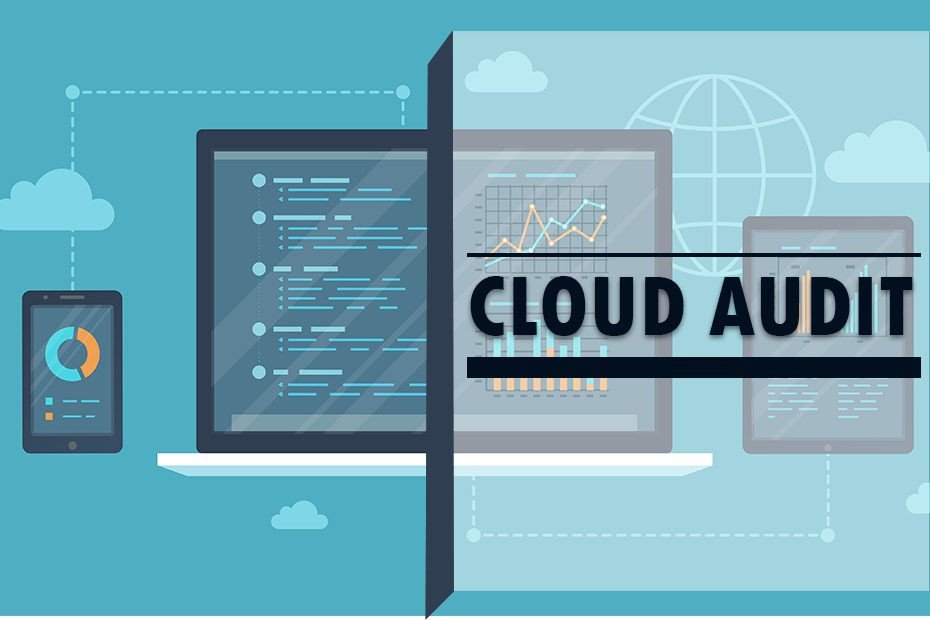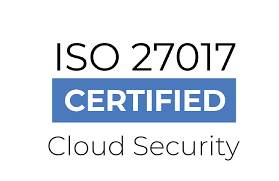CLOUD BASED IT AUDIT

What is Cloud Based IT Audit?
A Cloud-Based IT Audit is an independent assessment of an organization’s use of cloud computing services. It aims to evaluate various aspects of the cloud environment, primarily focusing on security, compliance, and effectiveness.
Benefits of Cloud Based IT Audit?
- Identify and Address Vulnerabilities: Audits systematically assess security controls, uncovering weaknesses in areas like encryption, access management, and incident response. This proactive approach helps prevent breaches and data loss.
- Demonstrate Compliance: Audits provide evidence of adherence to security regulations and industry standards, enhancing your security posture and building trust with stakeholders.
- Improve Security Awareness: Audits raise awareness of security risks and best practices within the organization, promoting a culture of security.
- Reduce Compliance Risks: Audits ensure your cloud environment aligns with relevant regulations, mitigating legal and financial risks associated with non-compliance.
- Streamline Compliance Efforts: Audits provide a roadmap for addressing compliance requirements efficiently, saving time and resources.


Benefits of Cloud Based IT Audit?
- Identify and Address Vulnerabilities: Audits systematically assess security controls, uncovering weaknesses in areas like encryption, access management, and incident response. This proactive approach helps prevent breaches and data loss.
- Demonstrate Compliance: Audits provide evidence of adherence to security regulations and industry standards, enhancing your security posture and building trust with stakeholders.
- Improve Security Awareness: Audits raise awareness of security risks and best practices within the organization, promoting a culture of security.
- Reduce Compliance Risks: Audits ensure your cloud environment aligns with relevant regulations, mitigating legal and financial risks associated with non-compliance.
- Streamline Compliance Efforts: Audits provide a roadmap for addressing compliance requirements efficiently, saving time and resources.
Our Approach
1. Planning and Scoping:
- Defining Objectives: Determining the specific goals of the audit, such as evaluating security compliance, data protection, or cloud resource optimization.
- Identifying Scope: Specifying the areas of the cloud environment to be audited, including cloud services, data storage, access controls, and security configurations.
- Developing an Audit Plan: Outlining the audit approach, methodology, timeline, and resource allocation.
2. Data Gathering and Assessment:
- Collecting Information: Gathering relevant documentation, policies, procedures, and configuration settings from the cloud provider and the organization.
- Conducting Interviews: Interviewing key personnel responsible for cloud security, compliance, and operations.
- Perform Testing: Using automated and manual testing tools to assess security controls, compliance adherence, and cloud resource utilization.
- Analyzing Data: Evaluating the collected information, identifying potential risks and vulnerabilities, and assessing compliance gaps.
3. Reporting and Remediation:
- Preparing a Detailed Report: Documenting the audit findings, including identified risks, compliance gaps, and recommendations for improvement.
- Prioritizing Findings: Ranking the identified issues based on severity and potential impact.
- Developing Remediation Plan: Creating a plan to address the identified issues, including timelines and responsible parties.
- Presenting Findings and Recommendations: Sharing the report with relevant stakeholders and discussing the remediation plan.
4. Follow-up and Monitoring:
- Tracking Progress on Remediation: Monitoring the implementation of the remediation plan and tracking progress towards addressing identified issues.
- Conducting Follow-Up Assessments: Depending on the audit scope and risks, further assessments may be necessary to verify remediation effectiveness.
- Continual Improvement: Integrating cloud security and compliance best practices into organizational processes for ongoing monitoring and risk management.








